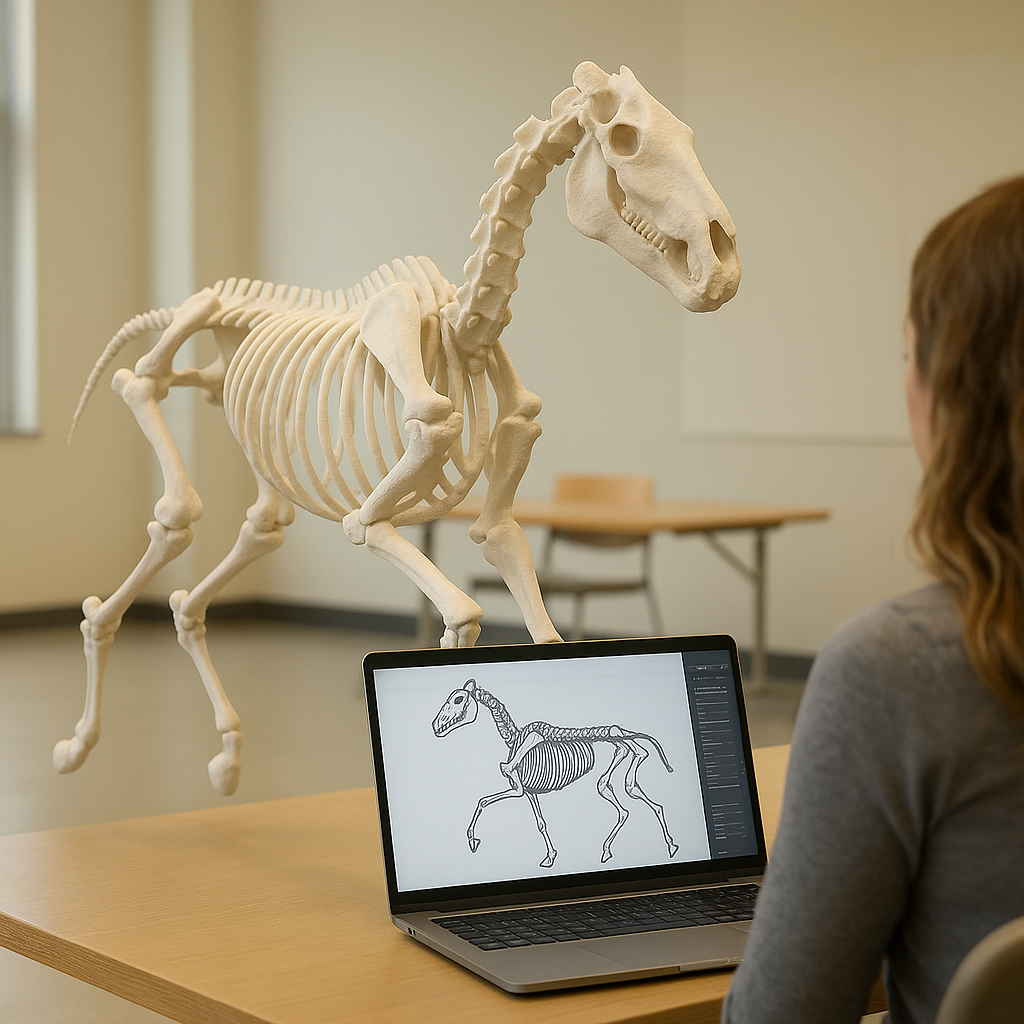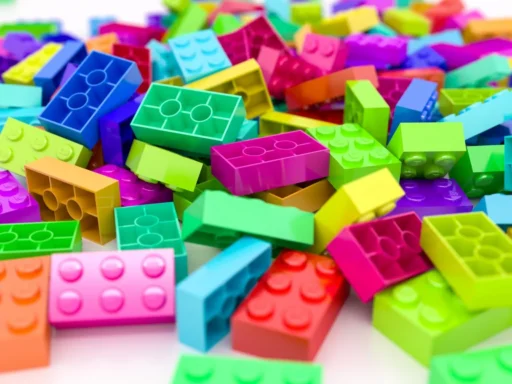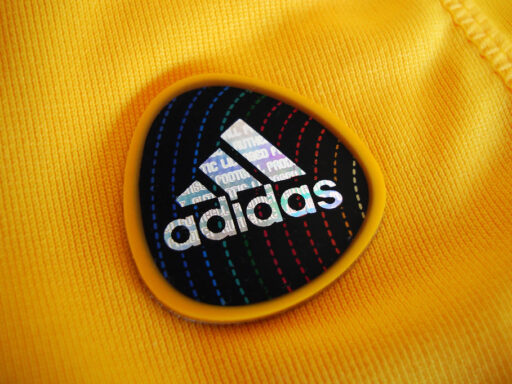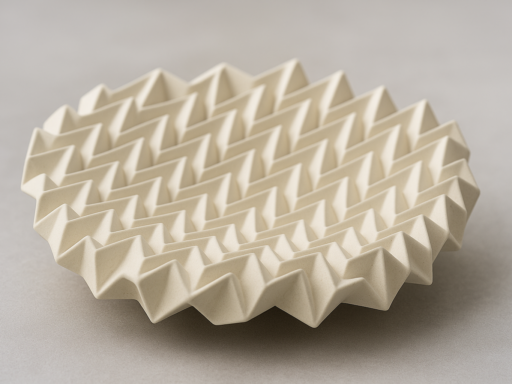Students at Oklahoma State University’s College of Veterinary Medicine have received a new tool for hands-on learning: a life-sized 3D-printed horse skeleton is now housed at the College, designed to enhance the students’ understanding of equine anatomy and procedural practice.
The model is created by Shannon Austin, director of Edmon Low Creative Studios, who developed the skeleton in response to a request from faculty members who faced challenges sourcing affordable, physical skeletal models for teaching.
“They specifically mentioned that animal skeletons are difficult to obtain and prohibitively expensive, and they inquired if I would be able to help them out by 3D printing a model,” Austin said.
Excited to contribute to student learning, Austin volunteered her time and expertise to the project. “I was excited to donate my time and resources to the OSU Vet Med faculty and students because, quite simply, I love expanding access to library resources in ways that often lead to new practical applications,” she explained.
Constructing the model involved thorough planning and iteration, and a fair share of trial and error. Austin debated whether to print the skeleton in one piece or as multiple components to be assembled later. Eventually, the full-scale print took approximately three days to complete, followed by four hours of meticulous work to remove supports and assemble the final model with hot glue.
“This model will allow vet students to be able to not just learn about equine morphology by simply looking at pictures in a textbook or on a screen,” Austin said, “but instead they will now be able to physically manipulate and observe the intricacies of the animal’s skeletal structure in a literal hands-on way.”
Well, looks like the OSU students are getting a leg up on their studies – quite literally!






